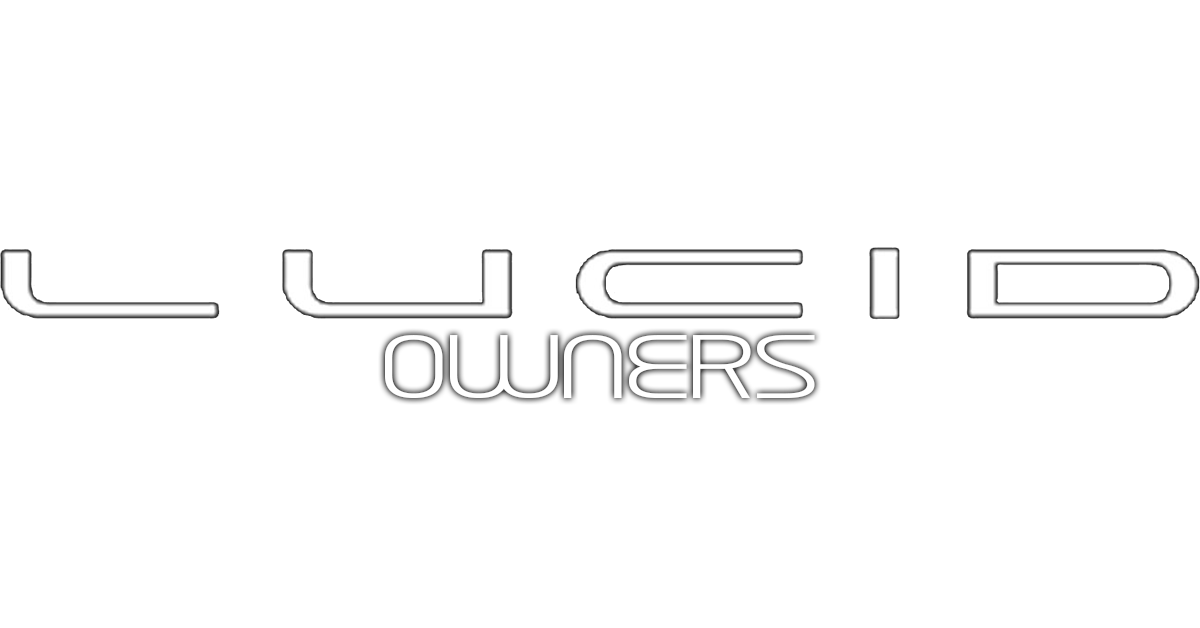ColonelBadger
Active Member
- Joined
- Apr 11, 2024
- Messages
- 269
- Reaction score
- 121
- Location
- New Hampshire
- Cars
- Air Touring
- Referral Code
- IQZT5SXS
Morning
Was half asleep when I left the house this morning and it was raining. Rather than press & hold the left stalk to spray water on the windshield, which is what I wanted I accidentally pressed the right. To my surprise the car braked. I wasn't expecting that and had assumed that "P" didn't work until the vehicle was at a complete stop. Was that some kind of emergency brake? Also, I was only doing 35-40mph so I assume I didn't do anything bad to the vehicle (not warning lights came on).
Thanks.
Was half asleep when I left the house this morning and it was raining. Rather than press & hold the left stalk to spray water on the windshield, which is what I wanted I accidentally pressed the right. To my surprise the car braked. I wasn't expecting that and had assumed that "P" didn't work until the vehicle was at a complete stop. Was that some kind of emergency brake? Also, I was only doing 35-40mph so I assume I didn't do anything bad to the vehicle (not warning lights came on).
Thanks.
